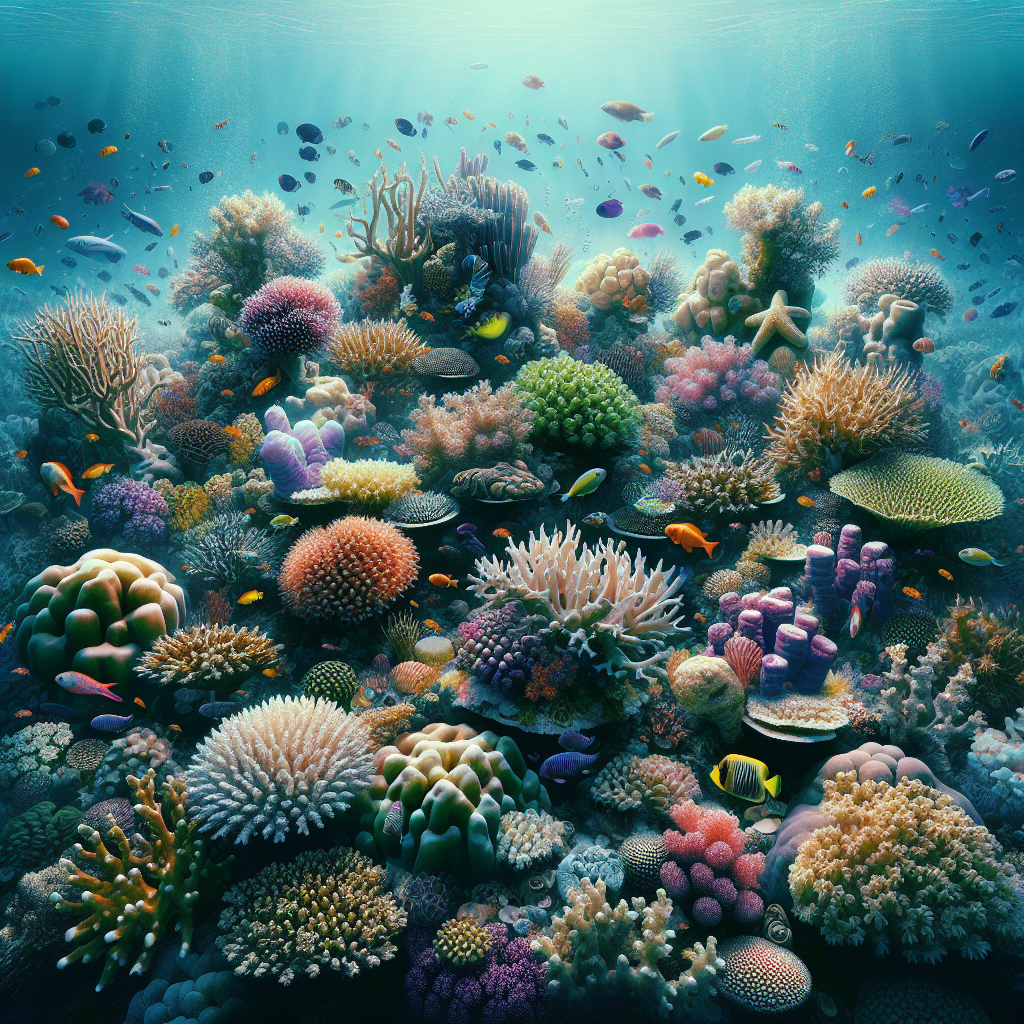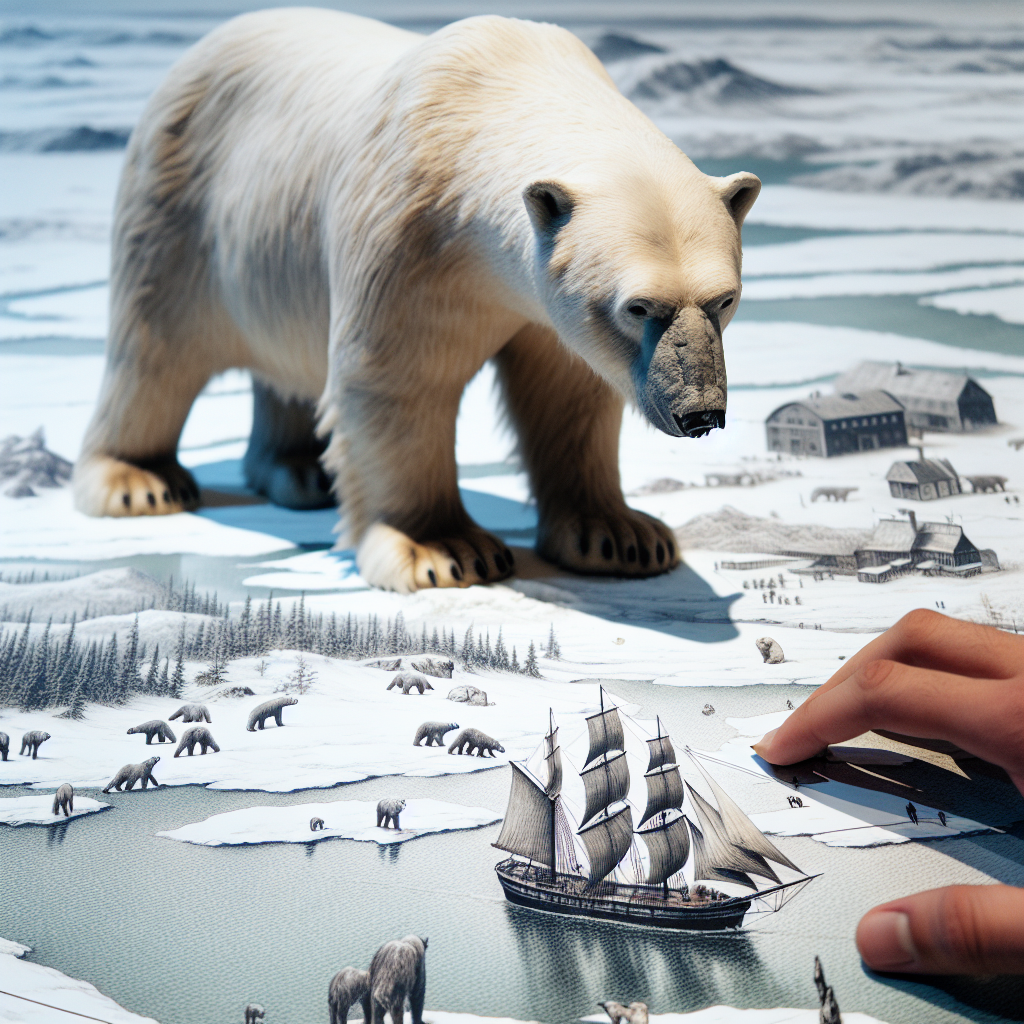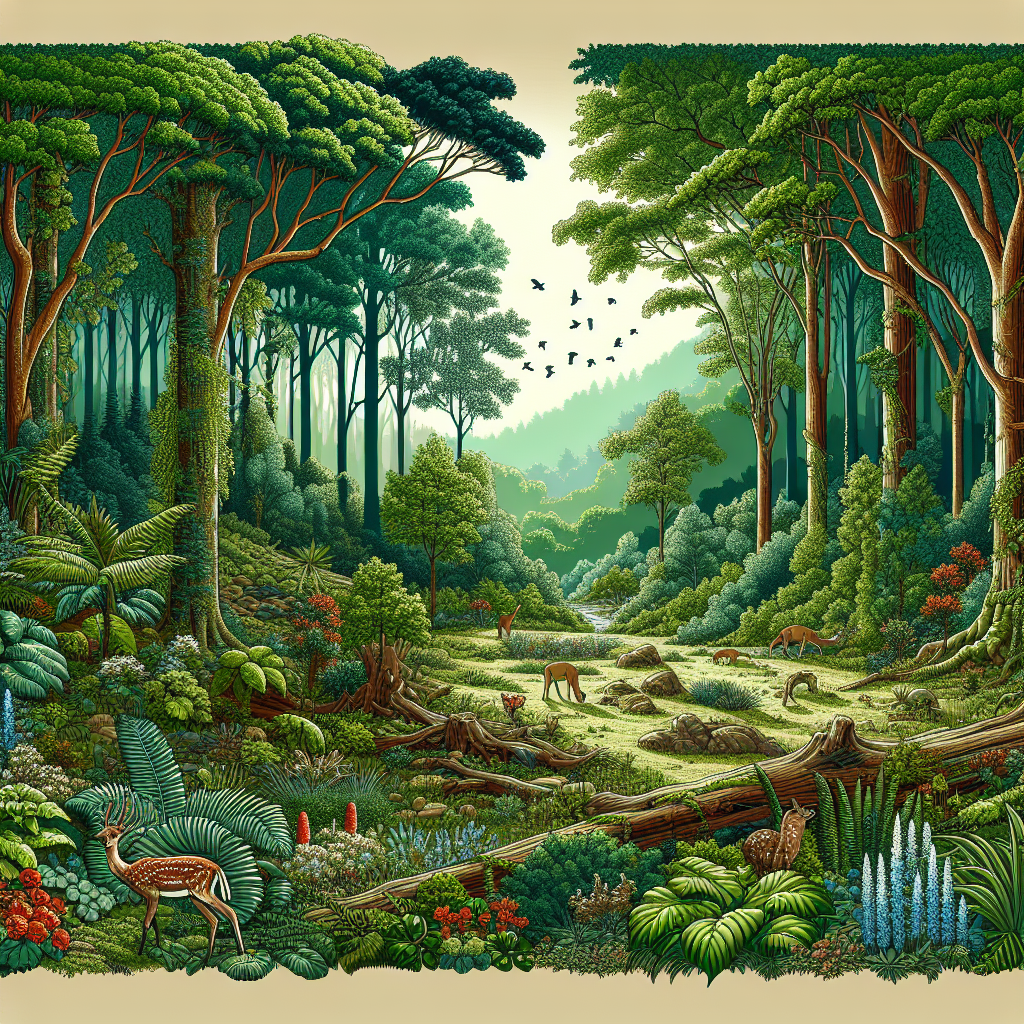Nature has a remarkable way of demonstrating resilience, and there’s much we can learn from it. When we explore how nature teaches us about resilience, we uncover profound lessons on adaptation, survival, and thriving amidst adversity. From the smallest organisms to the largest ecosystems, nature’s ability to bounce back from challenges offers insights we can apply to our own lives.
Lessons from Ecosystems
One of the most significant examples can be found in ecosystems, which are intricate webs of life. For instance, consider the resilience of forests. After a devastating wildfire, many forests undergo a remarkable recovery process. The seeds of certain plants are designed to germinate only after a fire, ensuring that life continues even after destruction. This phenomenon teaches us that sometimes, challenges can pave the way for new growth and opportunities.
Moreover, coral reefs, often dubbed the “rainforests of the sea,” exhibit resilience through their ability to recover from bleaching events. These ecosystems show how interconnected life forms can support each other in times of crisis, highlighting the importance of community and collaboration in overcoming difficulties. For further reading, check out NOAA’s Coral Bleaching Facts.
Adaptation and Survival
Nature also teaches us about the importance of adaptation. The polar bear, for example, has evolved over millennia to thrive in extreme cold. Its thick fur and fat layer allow it to survive harsh conditions, demonstrating how adaptability is crucial for resilience. Similarly, in our lives, adapting to changes and challenges can help us navigate through tough times. We can learn from the polar bear’s example by embracing change and seeking ways to adapt rather than resist.


In addition, plants in arid environments have developed unique strategies to conserve water, such as deep root systems and waxy coatings. These adaptations remind us that even in the driest of circumstances, life finds a way to endure. To explore more about plant adaptations, you can visit National Geographic’s article on Adaptation.
Personal Resilience Inspired by Nature
As we observe these natural phenomena, we can draw parallels to our own lives. Resilience is not merely about bouncing back; it’s about growing stronger from our experiences. Just like ecosystems that thrive after adversity, we too can emerge from challenges with newfound strength and wisdom.
Incorporating practices inspired by nature’s resilience can enhance our well-being. Mindfulness, for instance, allows us to appreciate the present moment and develop a resilient mindset. Engaging in outdoor activities can also foster a connection with nature, reminding us of our innate ability to adapt and thrive.
In conclusion, nature teaches us about resilience through its diverse ecosystems and the various adaptive strategies employed by its inhabitants. By observing and learning from these natural processes, we can cultivate resilience in our lives. Embracing the lessons of nature can lead to personal growth and a deeper understanding of how to navigate life’s challenges.
Some content and/or images on this page were created using AI.





